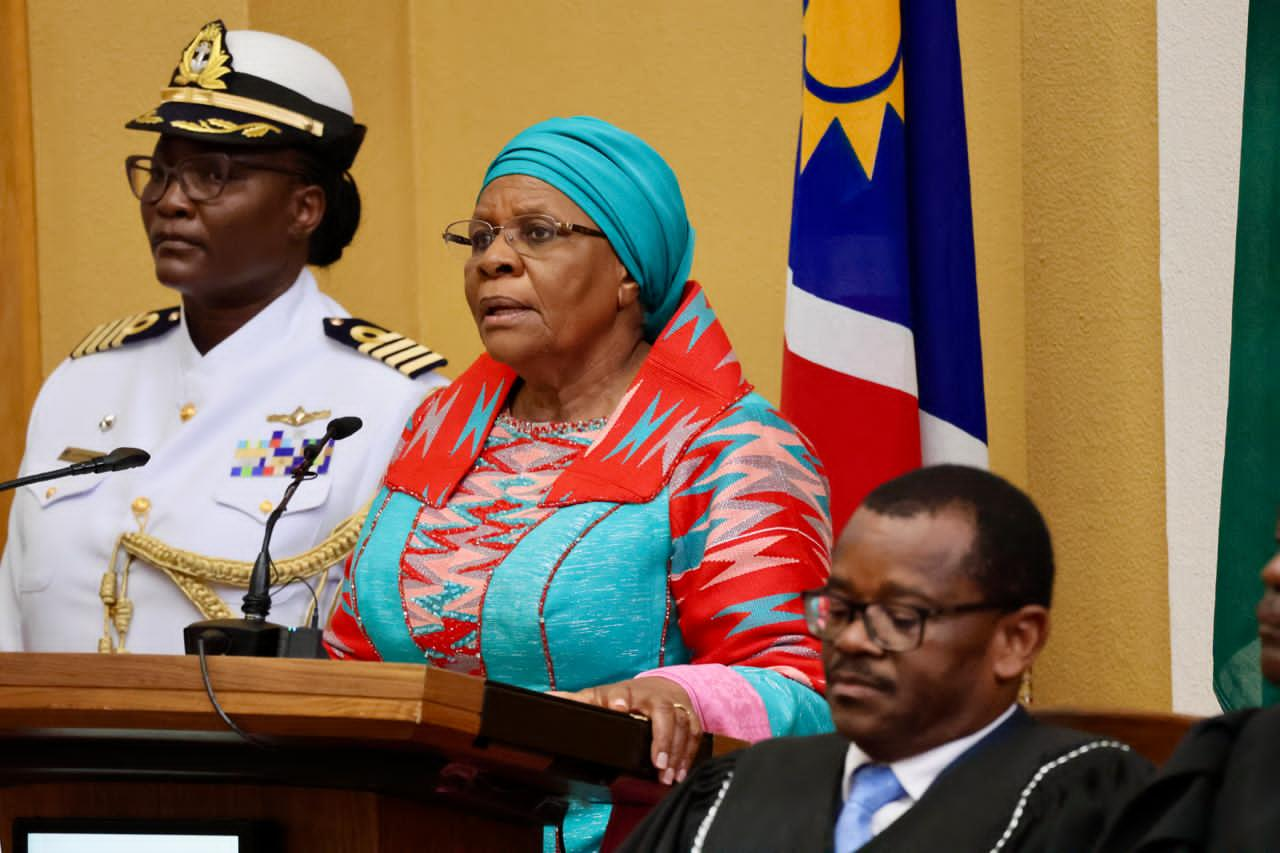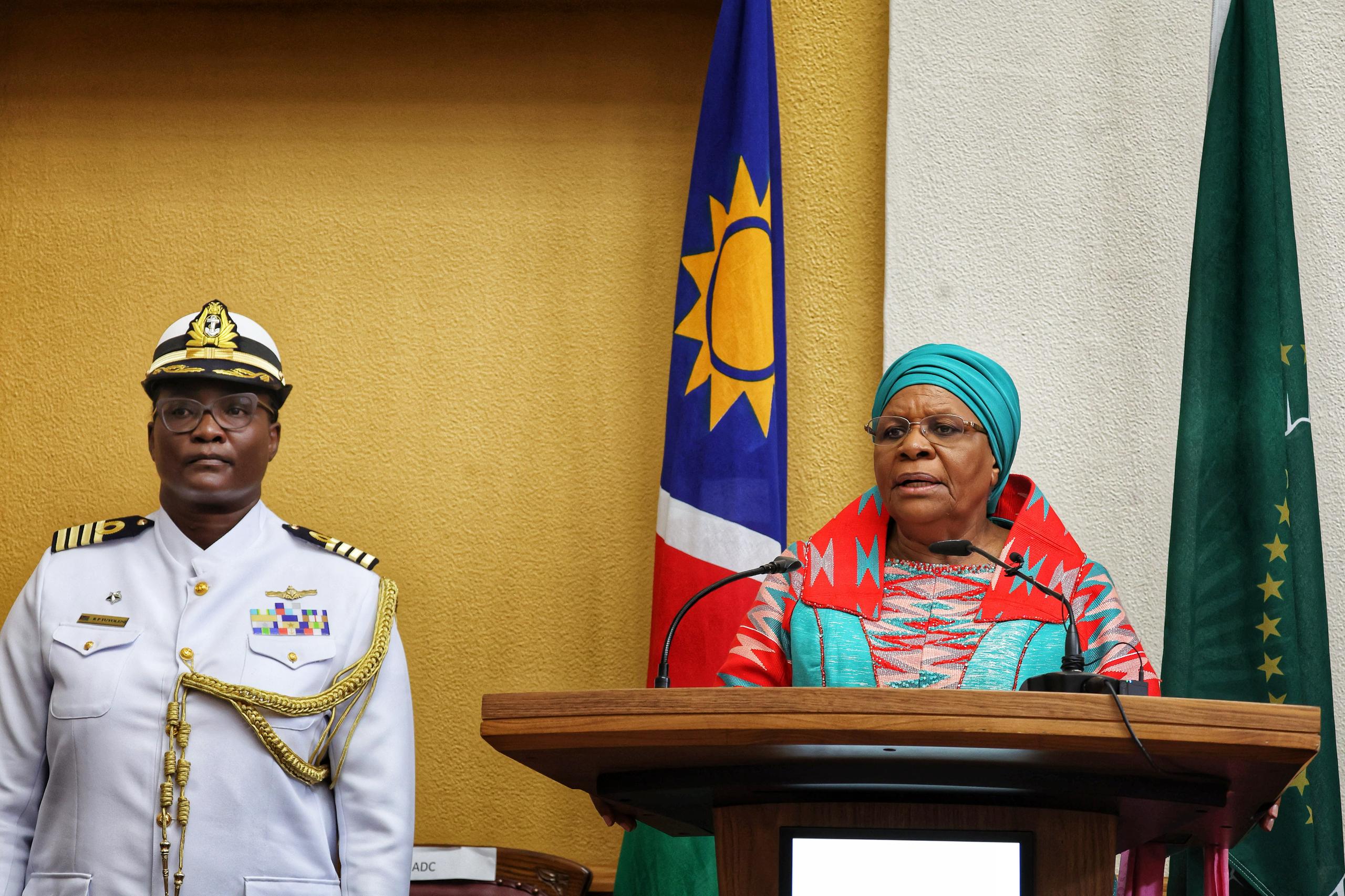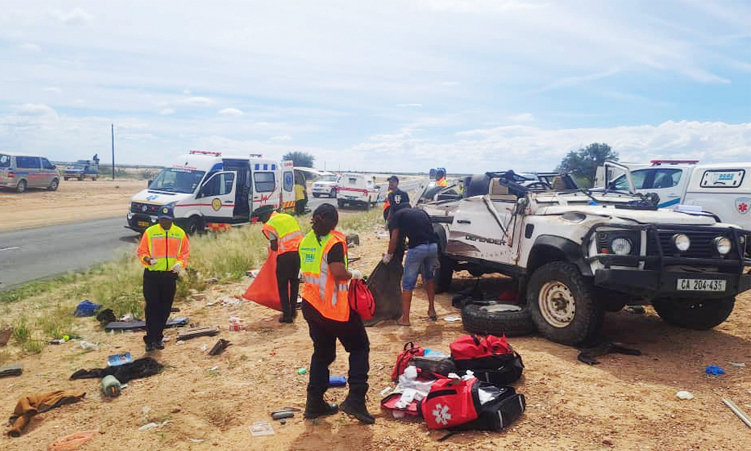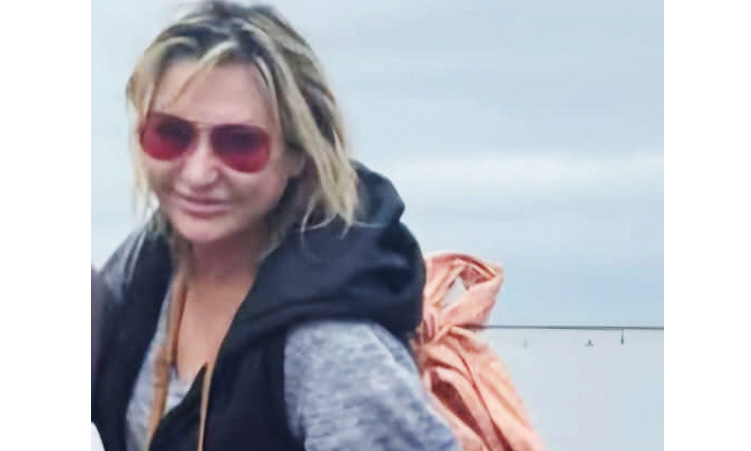A DEFENCE expert has refuted eyewitness accounts in the Swakopmund Regional Court that suggest that an accident on 29 December 2014 near Henties Bay, in which six people died, was caused by the alleged reckless driving of Jandre Dippenaar.
During the ongoing trial of Dippenaar last week, South African forensic collision homicide reconstruction specialist Stanley Bezuidenhout said while he believed that the various eyewitnesses perceived the tragic incident as accurate and true, the physical evidence corroborated by his forensic investigations did not match their testimonies.
According to at least three witnesses who travelled from Swakopmund towards Henties Bay on that day, Dippenaar was allegedly travelling faster than the speed limit of 100 kilometres per hour on a road that was unmarked and untarred at the time.
They claimed that Dippenaar was also overtaking vehicles on a blind rise just prior to the accident.
Some claimed to see him disappear over a blind hill before there was a puff of smoke seconds later, while others claim they saw his FJ Cruiser crash into the German Joschko-family’s Ford Ranger.
According to the prosecutor, these witnesses’ testimonies support that of witness Antonio Joschko (the only survivor of her family) who claimed that her father was driving in the correct lane before the FJ Cruise suddenly appeared in front of them, in the wrong lane, causing her father to swerve to the right to avoid a head-on collision.
“I compared the statements by the witnesses, as well as with the other versions, with the physical evidence. Based on the physical evidence there is no feature in the vicinity that indicates a blind rise,” Bezuidenhout said (which is also contrary to the findings of his counterpart, the state’s expert witness, Johan Joubert).
According to him, people can say what they perceive, and they may have perceived the blind hill, but by testing it in the “real world” using objective measures and personal observations, the hill was not there.
He also suggested that Antonio Joschko was in a state of shock and disorientation when the accident happened, while the other witnesses were focused more on the FJ Cruiser, hence not paying enough attention to other oncoming traffic or the road’s topography to be able to have an accurate recollection of the situation.
State advocate Ethel Ndlovu suggested that the witnesses were in the cars driving and saw the accident happen in real life, while Bezuidenhout only came afterwards to investigate the scene.
“They were not just standing outside with the camera and and taking photos,” she said, questioning why he as an expert he did not consider the witness’ versions.
Bezuidenhout said he did in fact consider their statements, and believed they may have seen what they believe they saw, but that he as an expert had to test the their reports.
Based on these tests, he claimed he could not find proof or any indication supporting their claims.
“There is no feature so extreme that hinders drivers incapable of seeing oncoming traffic,” he reiterated.
Besides refuting the witness’ claims, Bezuidenhout also refuted the state expert’s (Joubert’s) findings as unscientific.
According to Joubert’s investigations, there are marks on the road which suggested that the accident happened on the side of the Joschkos, and that the FJ Cruiser was in the wrong lane.
Bezuidenhout, however, argues that the FJ Cruiser was well in its own lane when the accident happened.
Bezuidenhout noted that the ‘salt’ road had no markings, which skewed the dimensions of the road, and made it hard to identify the sides, or the centre.
This, according to him, would make it hard to calculate properly when accurate outcomes required specific measurements.
He further suggested that it was for this reason that it would be hard for the witnesses to say on which side of the imaginary centre-line of the road the accident happened.
The matter was postponed to May, with Dippenaar represented by advocate Louis Botes and Petrie Theron, while the state is being represented by Ndlovu and Faith Nyaungwa. Magistrate Gaynor Poulton is presiding.
Dippenaar’s three passengers (Gobabis resident Dinah Pretorius, and Windhoek residents Charlene Schoombee and JC Horn), collided head-on with the Ford Ranger, which was occupied by Markus Joschko, his wife, Stephanie Joschko, and their daughters Alexandra and Antonia Joschko (then aged 16).
Dippenaar and Antonia were the only survivors.
Dippenaar faces six counts of murder, as well as charges of reckless or negligent driving, and driving without a valid driving licence.
Stay informed with The Namibian – your source for credible journalism. Get in-depth reporting and opinions for
only N$85 a month. Invest in journalism, invest in democracy –
Subscribe Now!










